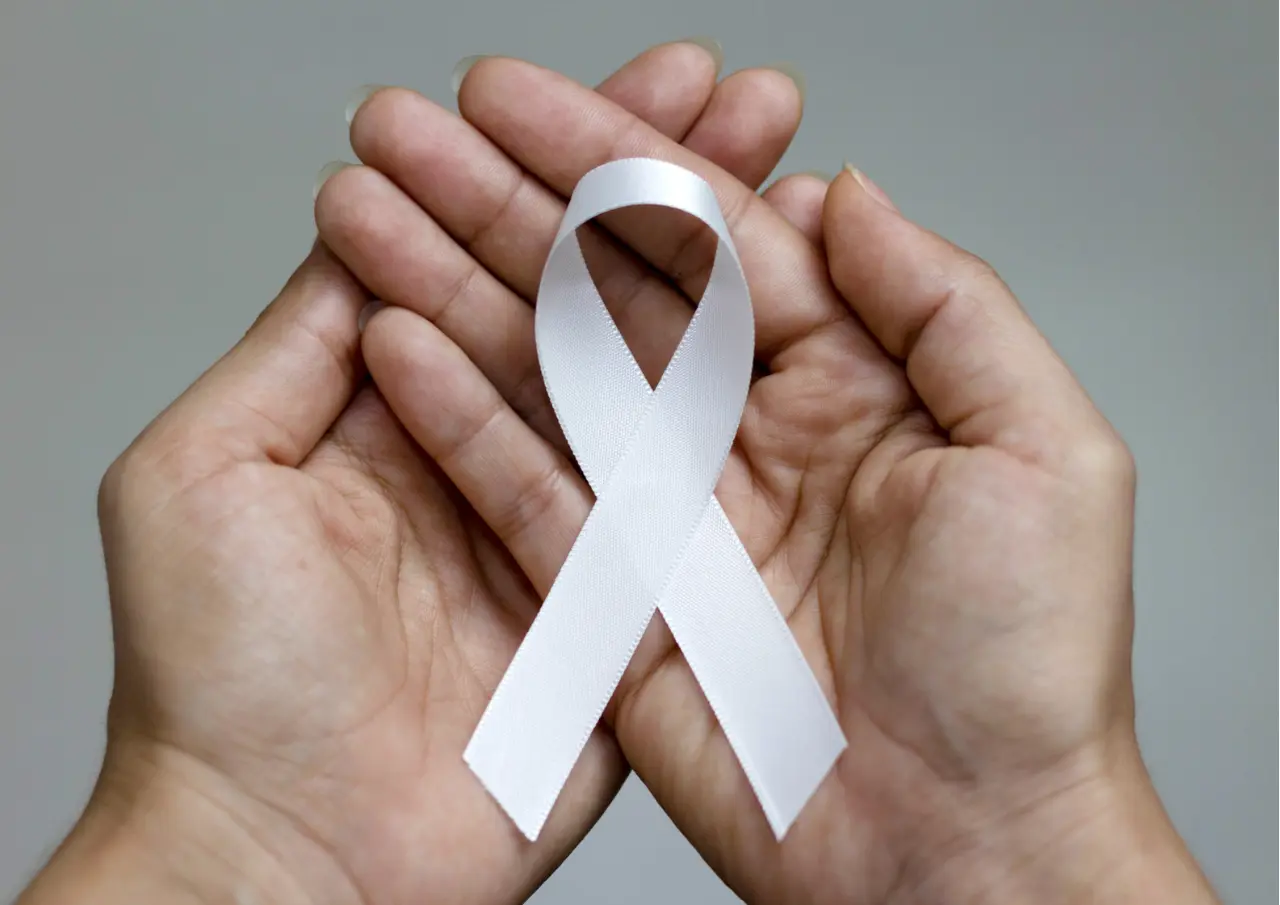Internalised homophobia and internalised transphobia are terms that describe something many LGBTQIA+ people experience. They refer to the internalisation of society’s negative messages about queer and trans identities. These messages can come from many places, including family or peers - through rejection, exclusion, bullying, silence, or subtle disapproval, the media - through harmful stereotypes or a lack of LGBTQIA+ representation, cultural or religious teachings, which may frame queer and trans people as “sinful,” “unnatural,” or “wrong”, and society at large, through discriminatory laws, policy, education, healthcare, or a lack of visibility
When looking at the places where queer people can encounter homophobic or transphobic messages, we can see that it is systematic and exists in many aspects of life and culture. This can mean that challenging internalised homophobia and/or transphobia is extremely difficult.
In short, internalised homophobia and transphobia occur when the world’s prejudice becomes part of how queer people see themselves. Even when someone is out and surrounded by supportive people, these internalised beliefs can show up subtly in thoughts, behaviours, and emotions. Research indicates that both internalised homophobia and internalised transphobia are associated with poorer mental health outcomes, such as depression and anxiety. Internalised homophobia or transphobia can also impact on our self esteem, relationships with others, and our ability to live authentic and fulfilling lives.
What can internalised homophobia look like?
Internalised homophobia can present in many different ways, including shame or discomfort about being attracted to the same gender, denial of sexual orientation to oneself or to others, contempt for more open members of the LGBTQIA+ community, judgement towards other members of LGBTQIA+ community, distancing from other queer people, avoiding romantic or sexual intimacy, attempts to change sexual orientation, or lying to self about attraction and sexuality, secret relationships, lying by omission, and overcompensating with hyper-masculinity or hyper-femininity to avoid being perceived as “too queer.”
What can internalised transphobia look like?
Doubting your gender identity (for example, thinking, “maybe I’m just confused,” even after years of knowing you’re trans or nonbinary), comparing yourself to cisgender people as a standard of success, avoiding gender-affirming steps out of shame, feeling disconnected from the trans community (for example, thinking, “I’m not trans enough to belong,” or “They’ve really transitioned and I haven’t.”), viewing yourself as inferior to people of same gender (for example, a trans man seeing themselves as inferior to non-trans men), viewing other trans individuals negatively
How to move forward
Internalised homophobia and transphobia are complex issues, which can be very challenging to reflect upon. If any of this sounds familiar, know that you're not alone and there is nothing wrong with you. Internalised shame is something many queer and trans people navigate at some point in their lives, and is a response to the multitude of heterosexist and cisnormative messages that we hear. Some strategies that may help you to affirm your identity include:
● Increasing engagement with LGBTQIA+ community
● Exploring media made by and for LGBTQIA+ people
● If safe, setting boundaries with unsupportive people
● Reducing engagement with harmful media which includes transphobic/homophobic content
● Practicing self-compassion
● Surrounding yourself with people who affirm your identity



.webp)
.webp)



%20(4)%20(1).webp)
